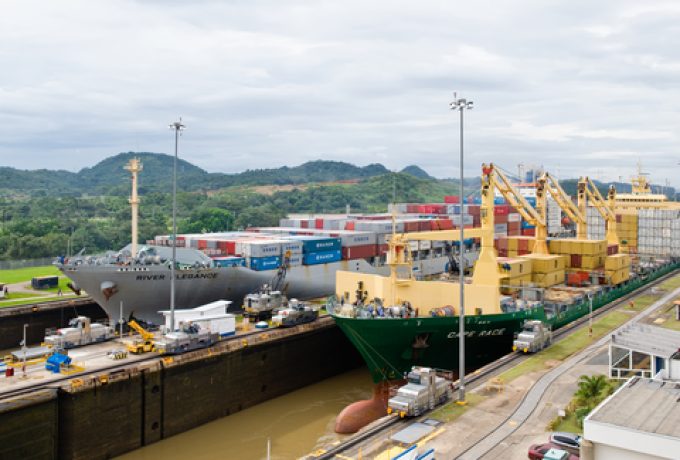Evergreen clients signing transpac contracts as Red Sea crisis props up rates
Taiwan carrier Evergreen said yesterday it believed the escalation of Israel-Iran tensions means the Red ...

Despite the well-publicised drought that hampered its capacity, container vessel transits through the Panama Canal this year barely showed a dip, thanks to the carriers’ deep pockets.
According to the Panama Canal Authority (ACP)’s full-year 2024 results, while movements of all vessel types fell 29.4% year ...
Predatory rivals circle as the ripples from DSV's Schenker buy widen
Latest Israeli attack on Iran a threat to box ships in Straits of Hormuz
DHL Express facilities in Canada forced to shut down by strike
Industry concerns rise after yet another box ship on fire off Indian coast
New Middle East conflict brings airspace closures, flight chaos and oil price worry
More legal trouble in India for MSC: feeder vessel detained after box ship disasters
Return of downward pressure on container spot freight rates
BYD launches logistics subsidiary – and eyes ports and shipping sectors


Comment on this article